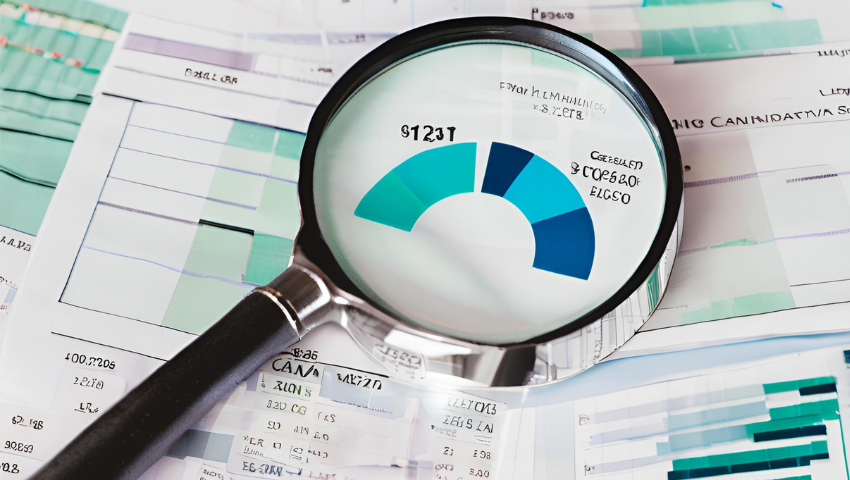
Analyzing a company’s assets from its balance sheet is a fundamental aspect of financial analysis. In this comprehensive guide, we’ll delve into techniques to analyze assets effectively, understand their implications, and leverage Stocksphi’s capabilities for insightful asset analysis.
Assets represent the resources owned by a company that provide future economic benefits. They are typically categorized into current assets (short-term) and non-current assets (long-term).
Current assets include cash, accounts receivable, inventory, and short-term investments. Analyzing current assets involves assessing liquidity, operational efficiency, and working capital management.
(Current Ratio=Current Assets/Current Liabilities)
(Quick Ratio=Current Assets — Inventory/Current Liabilities). These ratios measure a company’s ability to meet short-term obligations.
(Inventory Turnover=Cost of Goods Sold/Average Inventory).
Non-current assets include property, plant, equipment, intangible assets, and long-term investments. Analyzing non-current assets involves assessing asset utilization, depreciation, and future growth prospects.
Trend Analysis: Investors can track asset trends over time using Stocksphi, identifying changes in asset composition and assessing the company’s asset management strategies.
Conclusion:
Mastering asset analysis techniques from balance sheets is crucial for investors to evaluate a company’s financial health, liquidity, and operational efficiency. By understanding and analyzing current and non-current assets, coupled with the capabilities of Stocksphi in data integration, ratio calculation, comparative analysis, and trend analysis, investors can make informed investment decisions and gain insights into a company’s asset management strategies